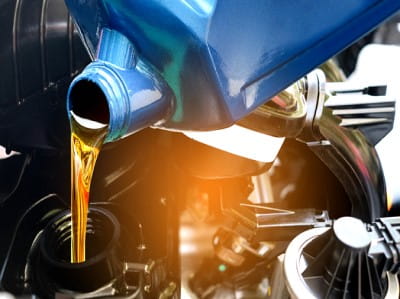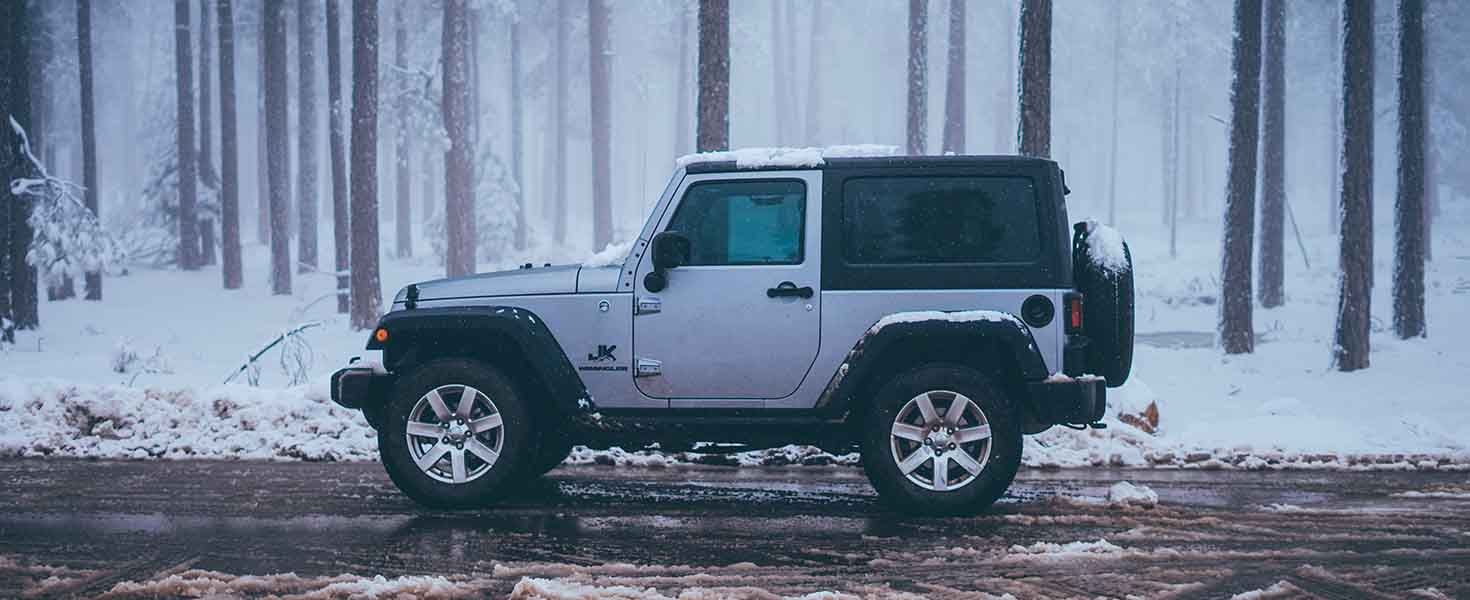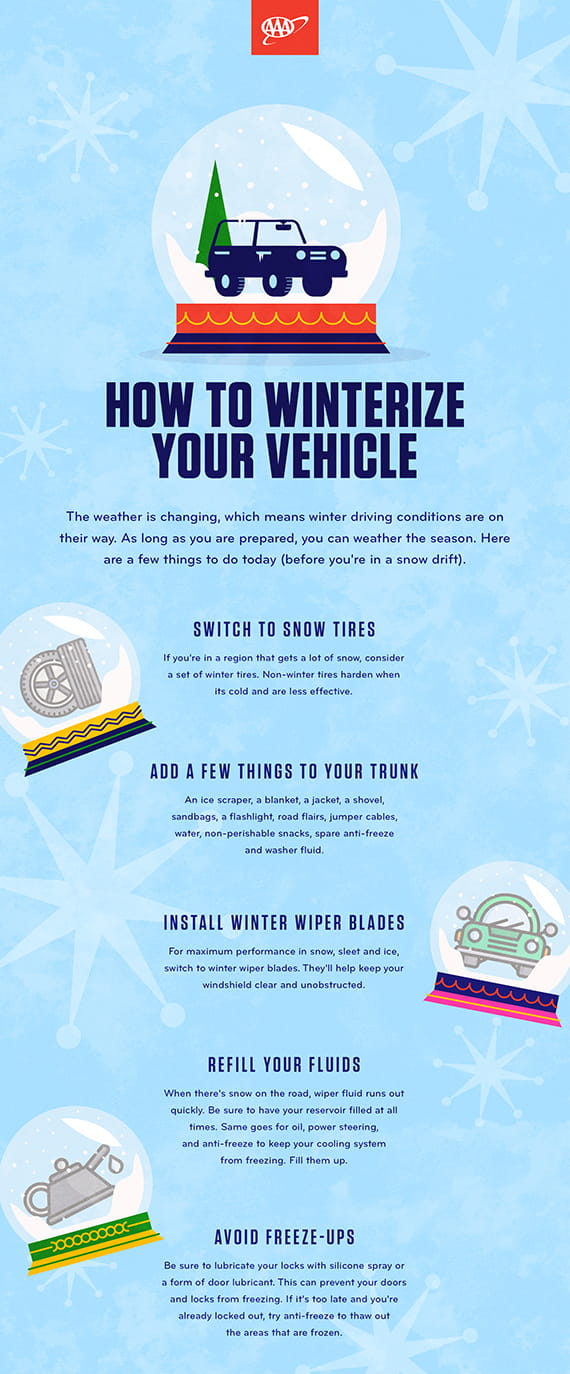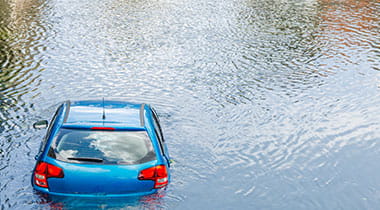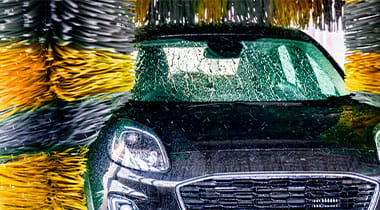Winter’s cold temperatures, ice and snow present major challenges to all outside machines, and your vehicle is not immune – especially as you gear up for holiday travel. The good news is there are preventive measures you can perform now to prepare your vehicle and lessen the chance of a breakdown this winter. Here are the top five items that bring my customers in for help.
TIRES
When the temperature drops below 40 degrees Fahrenheit, your tire air pressure will drop 1 psi for every 10-degree drop in temperature, meaning you’ll likely have to add air to your car’s tires as the weather gets colder. The proper tire pressure for your car can be found on the placard on your driver’s-side car door—not the number listed on the tire sidewall, which is the maximum pressure your tires can withstand. The number listed on the doorjamb is the pressure that engineers have calculated is optimal for your vehicle.
BATTERY
Cold weather is tough on your car’s battery. At 5 degrees Fahrenheit, a fully charged battery will deliver about half its rated amp-hour capacity. In cold weather, your engine requires more current from the battery to start. So, if you combine less power output with more power requirement in a marginal battery, you get a vehicle that may not start.
FLUIDS
To function properly in cold weather, antifreeze should be at a 50/50 ratio with water. You can check the antifreeze mix at the overflow reservoir bottle with an inexpensive tool called a battery hydrometer.
Winter weather and salt on the roads mean you will be using plenty of washer fluid this winter to clean off your windshield. Make sure the window washer fluid is full and at the proper strength so that it will not freeze.
WIPER BLADES
Wiper blades have a determined life span; when they are newer, they are great, but when they are worn, they can become dangerous by not affording the proper visibility. We do not recommend using your wipers as substitute ice scrapers to remove thin layers of frost and ice. Along with cold weather and sunshine, using wipers to clear away frost and ice can damage the rubber on the wiper blades. Wiper blades should be checked during every oil change and inspection. Plan on replacing them at least once a year—or more often if you use them as ice scrapers.
EMERGENCY ROAD KIT
Keep an emergency road kit in your vehicle in case of emergencies. Your kit should include jumper cables, a flashlight and batteries, flares or triangles, a warm blanket, an ice scraper, a first-aid kit, drinking water and snacks, and a tow strap.

